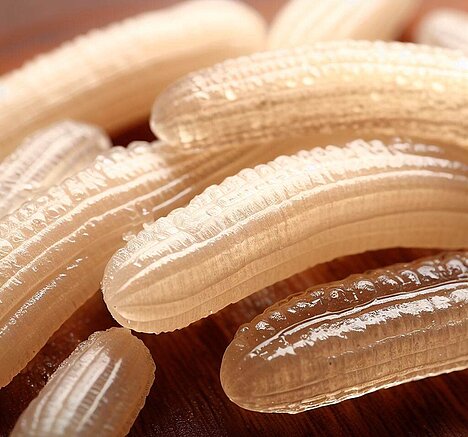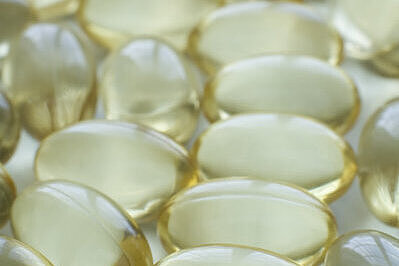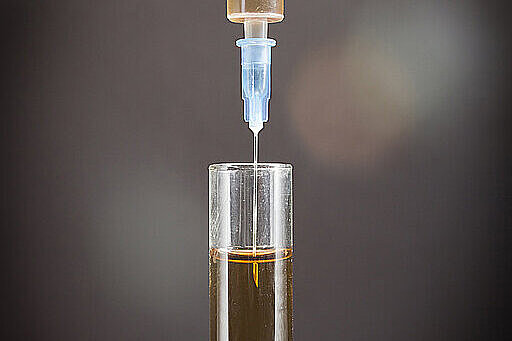Diglycerides

What are diglycerides?
Diglycerides are fats that consist of two fatty acids and a glycerol molecule. They occur both naturally in food and artificially as additives. In dog food, they are usually used as emulsifiers, i.e. they help to mix and stabilize various ingredients such as oils and water. This prevents the food from separating or clumping together.
What are the benefits of diglycerides?
Diglycerides have several advantages for the dog food and the dog. Firstly, they improve the consistency and appearance of the food, making it more appetizing for your dog. Secondly, they can extend the shelf life of the food by reducing the oxygen content and thus slowing down the breakdown of fat. Diglycerides can also improve the digestibility of the food by promoting fat absorption in the intestine. This can be particularly helpful for dogs with digestive problems or fat intolerance.
What are the disadvantages of diglycerides?
Diglycerides are not generally harmful to dogs, but they can have some disadvantages. Firstly, they can increase the calorie content of the food, which can lead to obesity if the dog eats too much of them. Secondly, some diglycerides can be made from inferior or animal fats that may contain contaminants or pathogens. This can lead to health problems such as allergies, inflammation or infections. Therefore, you should always pay attention to the quality and origin of diglycerides and opt for high-quality vegetable or animal sources.
Diglycerides are fats that are used as emulsifiers in dog food. They have both positive and negative effects on the food and your dog. You should therefore always read the label and find out about the quality and origin of the diglycerides.
Properties 1
Are you looking for other ingredients with a specific property?
Just click on them to find more.
If you notice any signs of hypersensitivity or poisoning in your dog, you should see your vet immediately. We are not a substitute for a vet, but we try to be as accurate as possible. Every dog reacts differently and we recommend you get a second opinion or consult your vet if in doubt.
Stay healthy and take good care of your four-legged friend!😊
Similar to Diglycerides
Glycerine is a colorless, sweet-tasting, viscous liquid obtained from vegetable or animal fats. It is also called glycerine or glycerol and belongs to the alcohols. Glycerine is used in a variety of...
Monoglycerides have several positive effects for dogs, mainly related to their antimicrobial effect. Monoglycerides can kill or inhibit certain bacteria, viruses and fungi that can be dangerous for...
Lecithin is a collective term for various phospholipids that play an important role in the cell membrane. Phospholipids are fat molecules that consist of a water-soluble head and a fat-soluble tail....
Stearic acid is a saturated fatty acid with the chemical formula C18H36O2. It is a long-chain fatty acid consisting of 16 or more carbon atoms. Stearic acid is found in many natural sources, such as...



